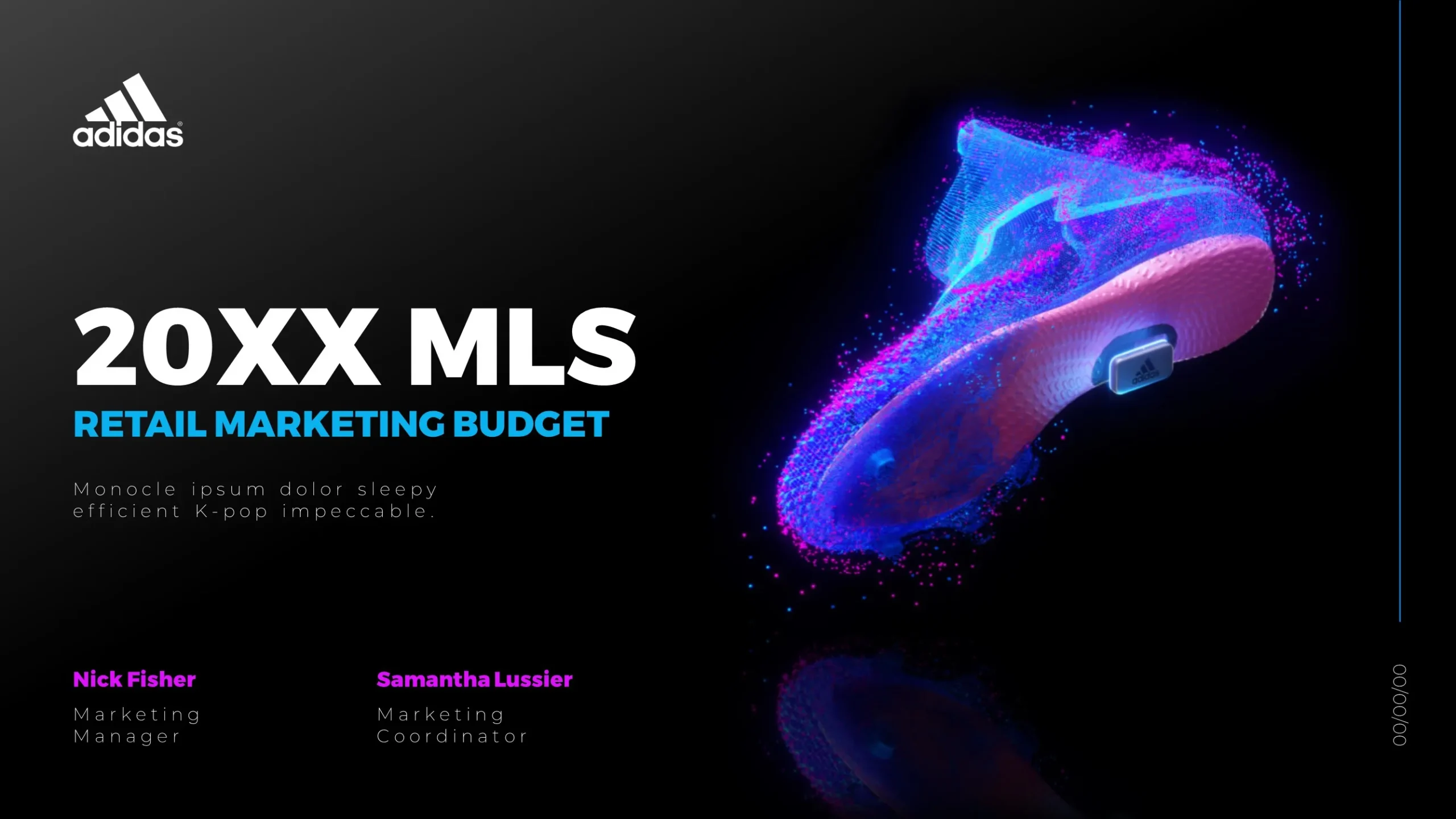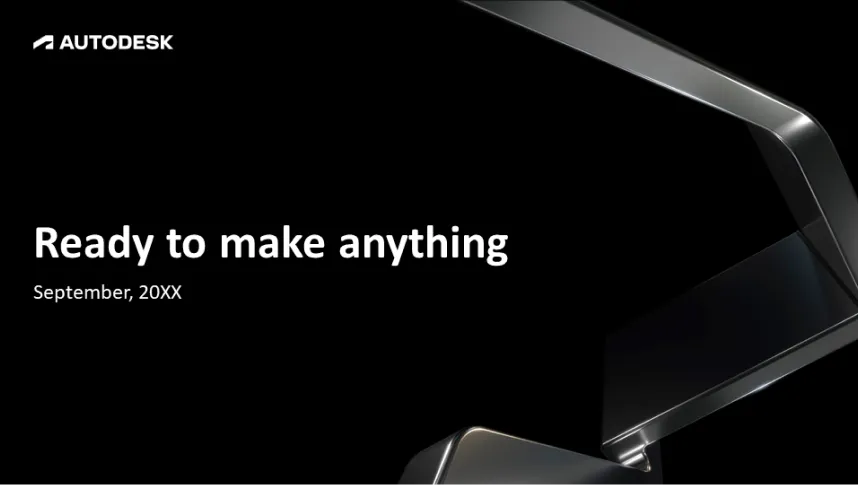Creating a compelling manufacturing pitch deck involves several key components that can effectively communicate your business idea to potential investors. Here they are:
1. Executive Summary
The executive summary provides an overview of your business. It should clearly state what your company does, what problem it solves, and how it stands out in the manufacturing industry.
2. Company Overview
This section should detail your company’s history, mission, and vision. Include information about your leadership team and the expertise they bring to the table.
3. Problem & Solution
Identify the problem your manufacturing company is addressing and how your product or service provides a unique solution. Make sure your solution is both compelling and easy to understand.
4. Market Analysis
Provide data about your target market and customer demographics. This should also include a competitive analysis, explaining how your company differentiates itself from others in the market.
5. Product or Service Description
Detail your product or service, including information about its development stage and any patents or proprietary technology. Use visuals if possible to help investors understand your product or service better.
6. Business Model
Explain how your business makes money. Detail your pricing strategy and any key partnerships or sales channels.
7. Marketing & Sales Strategy
Outline your go-to-market strategy, including how you plan to attract and retain customers. Discuss any marketing partnerships, sales strategies, and customer retention plans.
8. Financial Projections
Present your financial projections for the next three to five years, including revenue, expenses, and profitability. Be transparent about your assumptions and make sure your projections are realistic and align with your market analysis.
9. Funding Request
If you’re seeking investment, clearly state how much funding you’re seeking and how it will be used. Provide a timeline for expected return on investment.
10. Exit Strategy
Discuss your long-term plans for the company, whether it’s an eventual sale, merger, or IPO. This shows investors that you’re thinking about their potential return.
Remember, every pitch deck should be tailored to its audience. What works for one group of investors may not work for another. Therefore, it’s important to understand your audience and adjust your pitch deck accordingly.
View Our Presentation Design Portfolio











